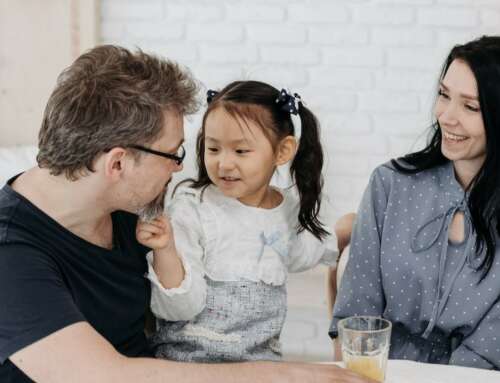When we think about refugee children’s health, we tend to assume bad news. But refugee children are highly resilient. This means they can thrive, mature and develop despite poor circumstances, and can adapt despite severe and long-term hardship.
Our newly published research is the first of its kind to track the long-term health of newly arrived refugee children in Australia.
We showed which children tend to do well in the community, and the factors that predict this. We also give evidence for what Australia can do to help all refugee children thrive in the longer term.
Who are these refugee children and their families?
Between May 2009 and April 2013, a total of 228 refugee children under 15 years, who were granted refugee status under Australia’s humanitarian program, arrived in our study area. We followed 61 of these children for three years. None of them had been detained for any length of time, as they had been granted refugee status overseas and flown to Australia.
The children were on average six years old, with equal numbers of boys and girls. They came from south-east Asia (46%), Africa (33%) and the eastern Mediterranean (21%) regions (as defined by the World Health Organisation).
When they arrived, 30% of children were living in a family with one parent absent (almost always the father).
Many parents had high levels of education (20% had university or trade qualifications) and had been employed before coming to Australia; only 6% had no education and 20% reported unemployment in their home countries.
What physical and mental health issues did we see?
We checked the children’s physical health when they arrived and their development and social-emotional well-being over the next two and three years after settling in Australia.
Refugee children have well known physical, mental and developmental health issues, and our research supported this.
Iron and vitamin D deficiency were the most common conditions we saw. Only a few children had infectious conditions needing treatment.
After two and three years in Australia, most parents said their child had good access to primary health care and visited their GP every one to four months. About half the children had visited a dentist.
– Joseph Galanakis
Read More: How We Can Help Refugee Kids Thrive in Australia
Photo Source – Flickr








Leave A Comment